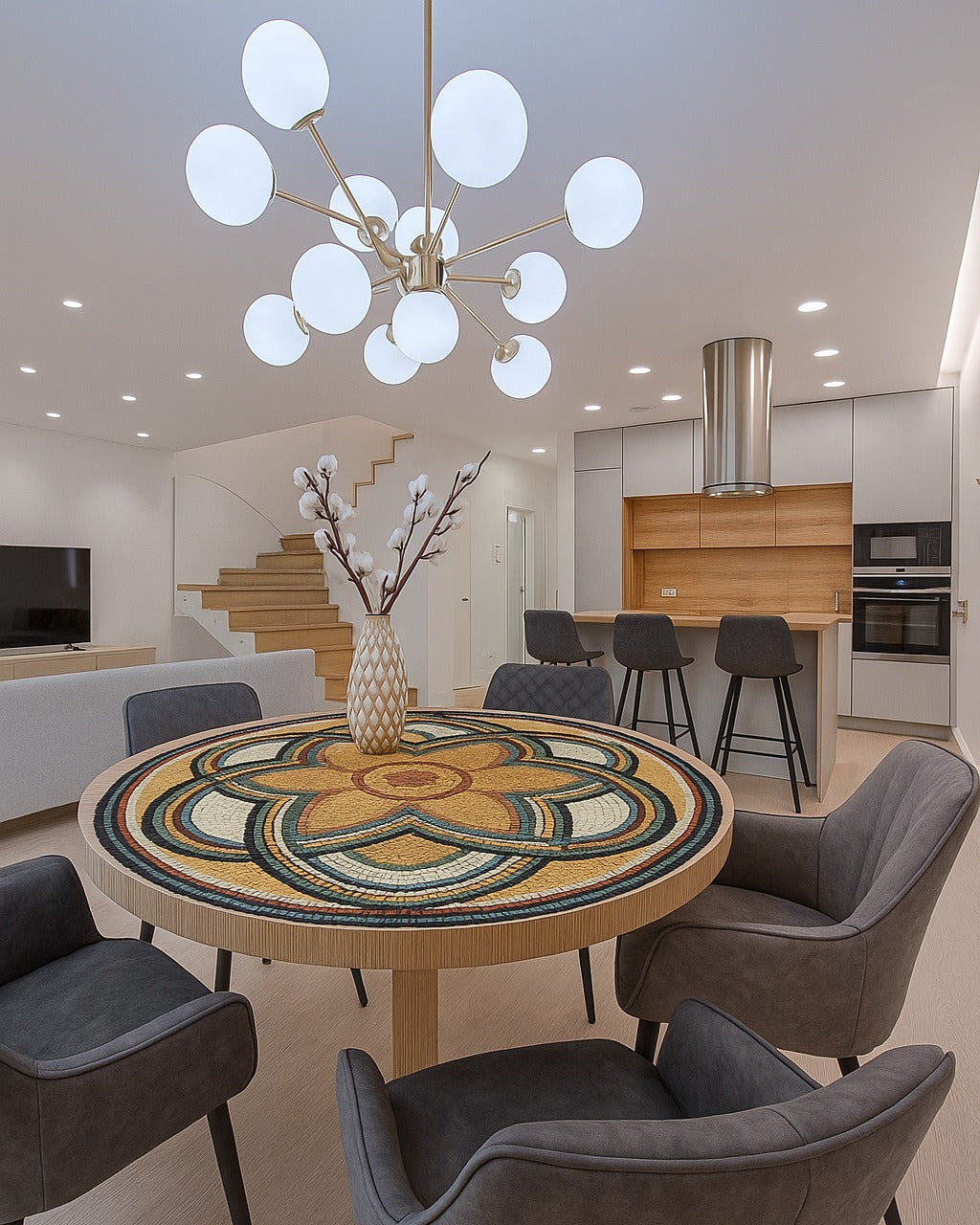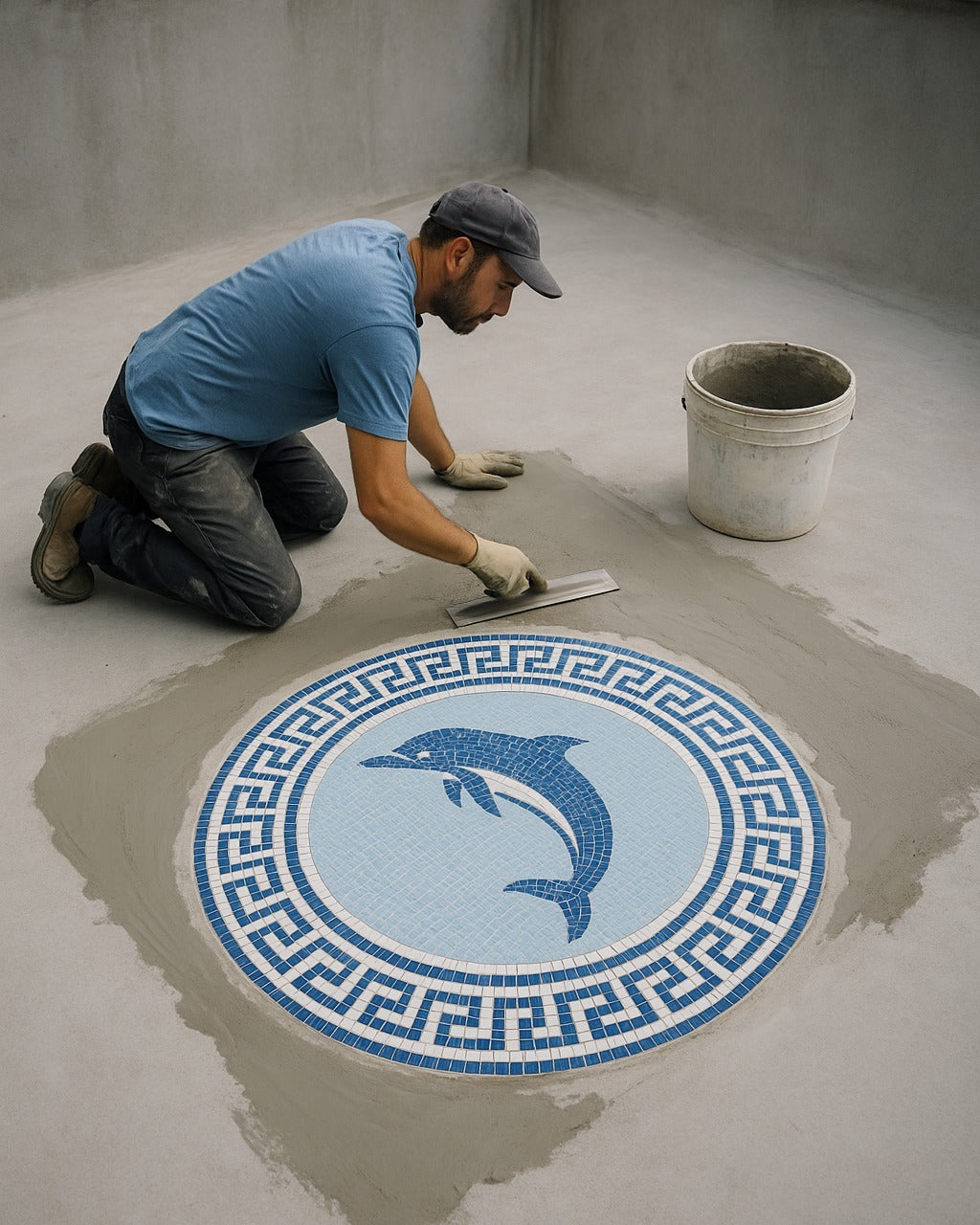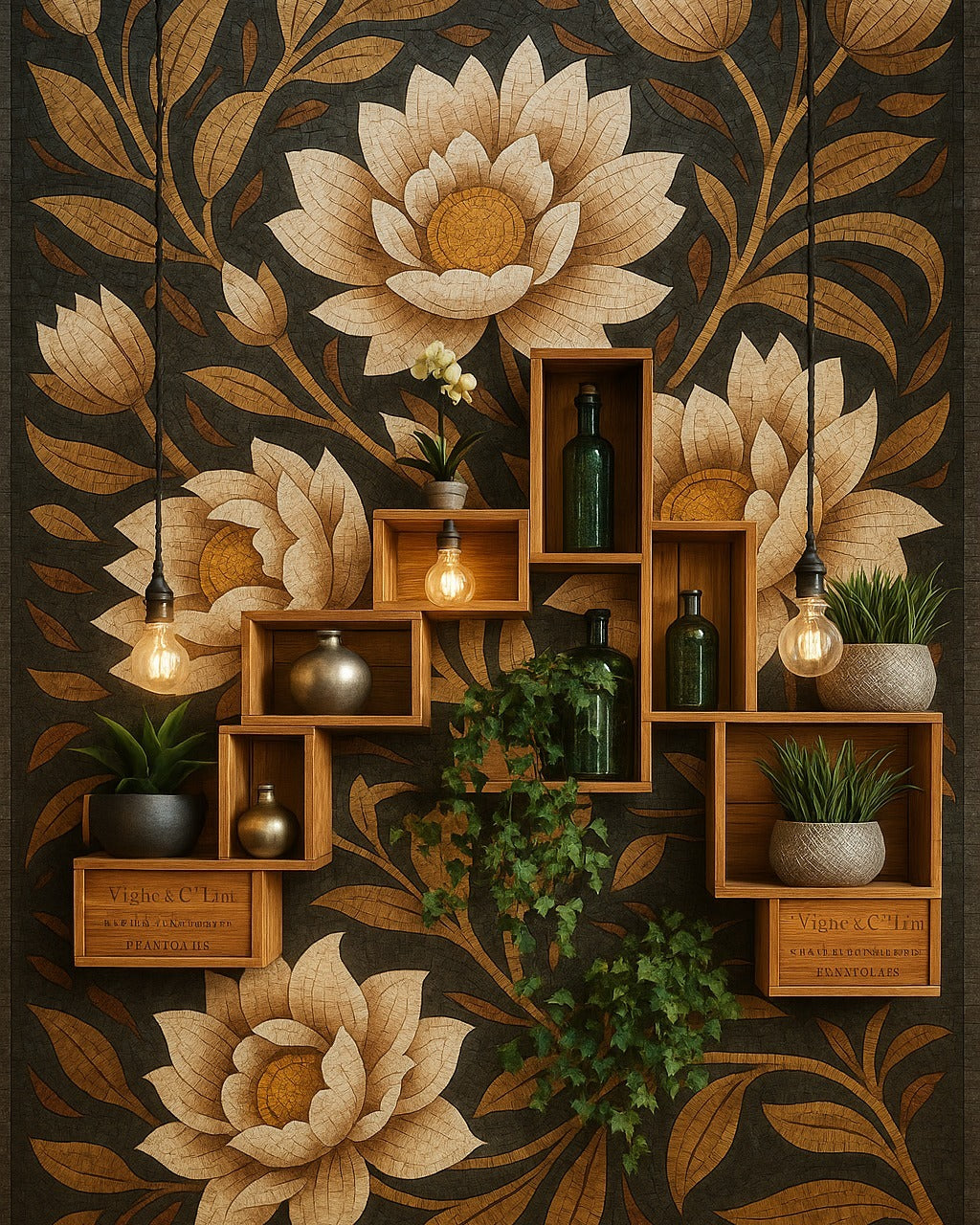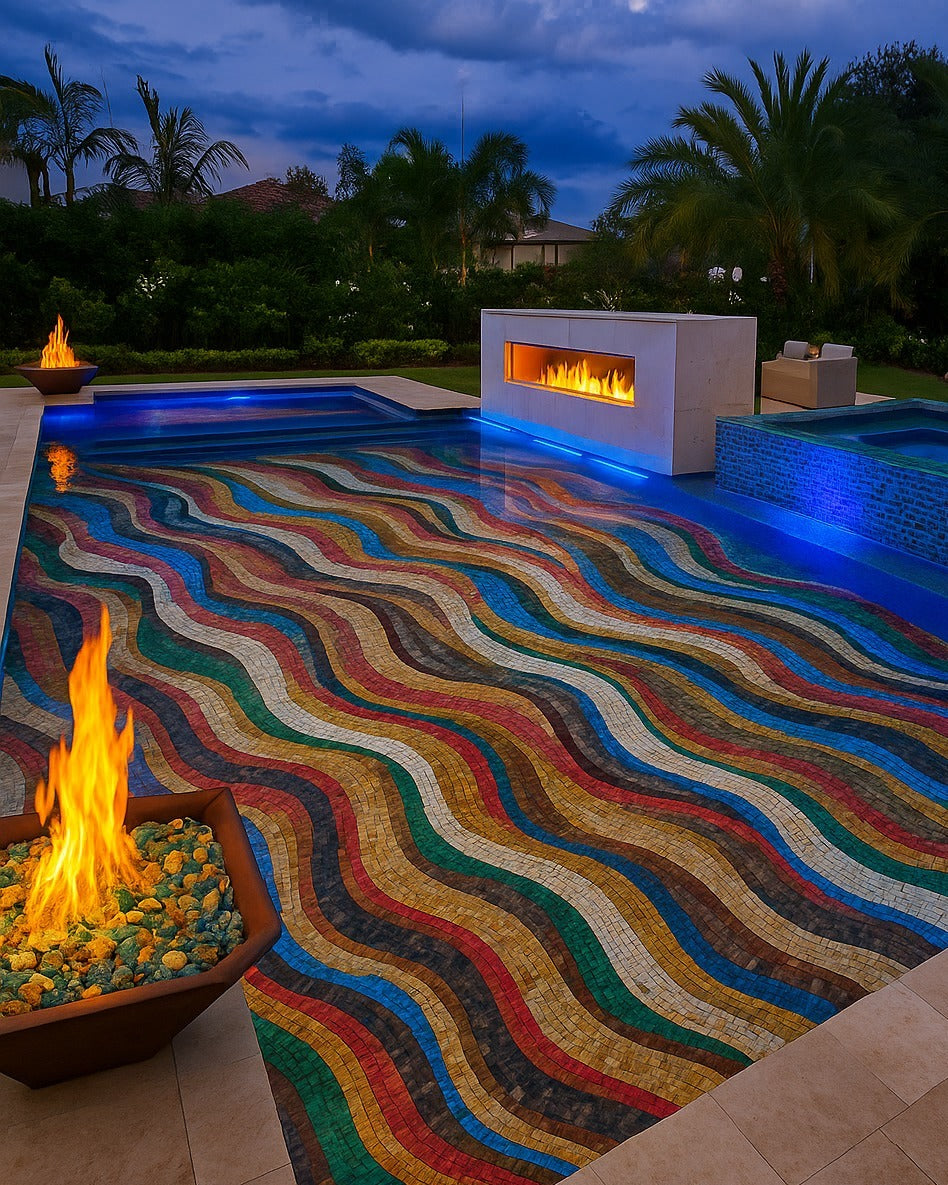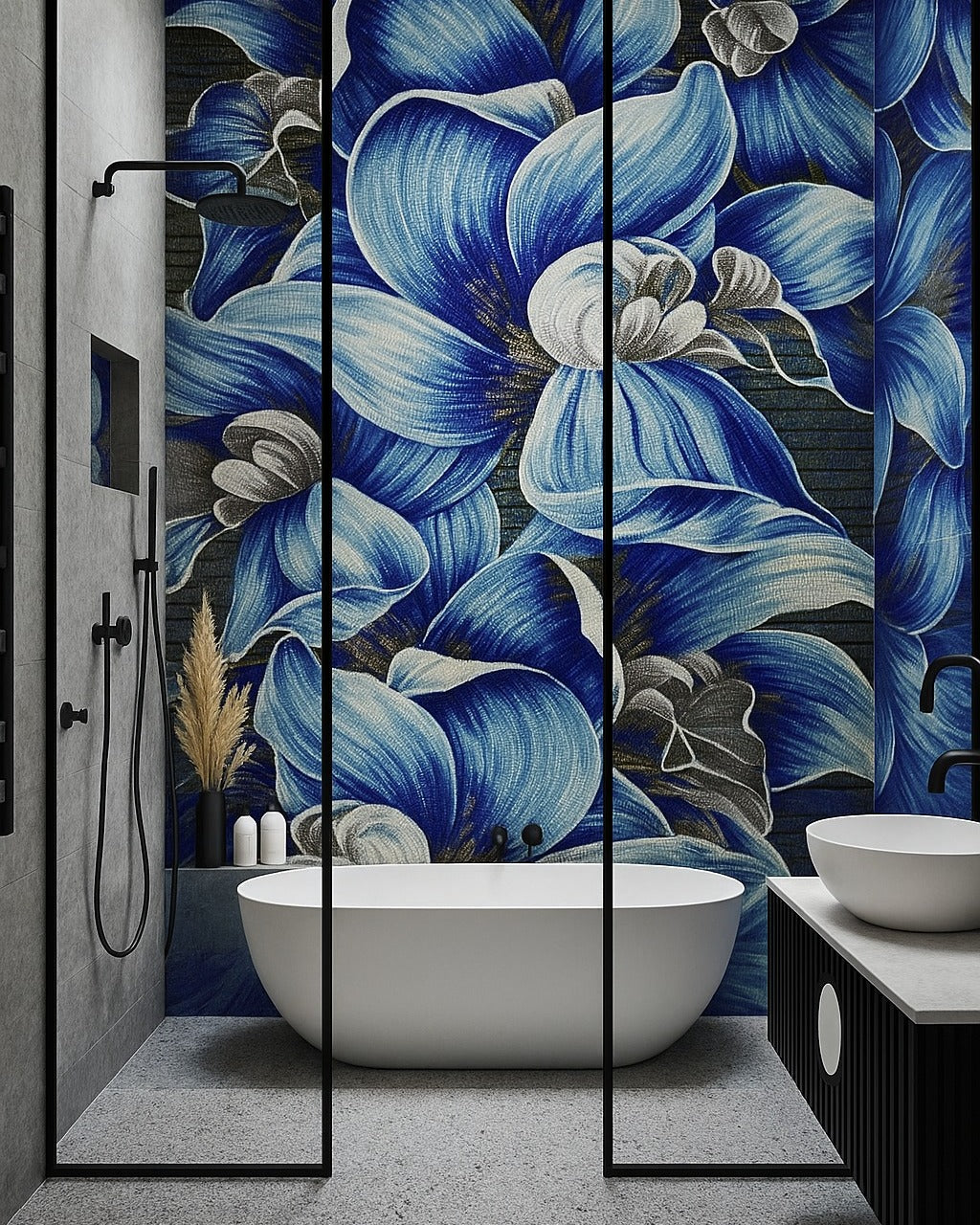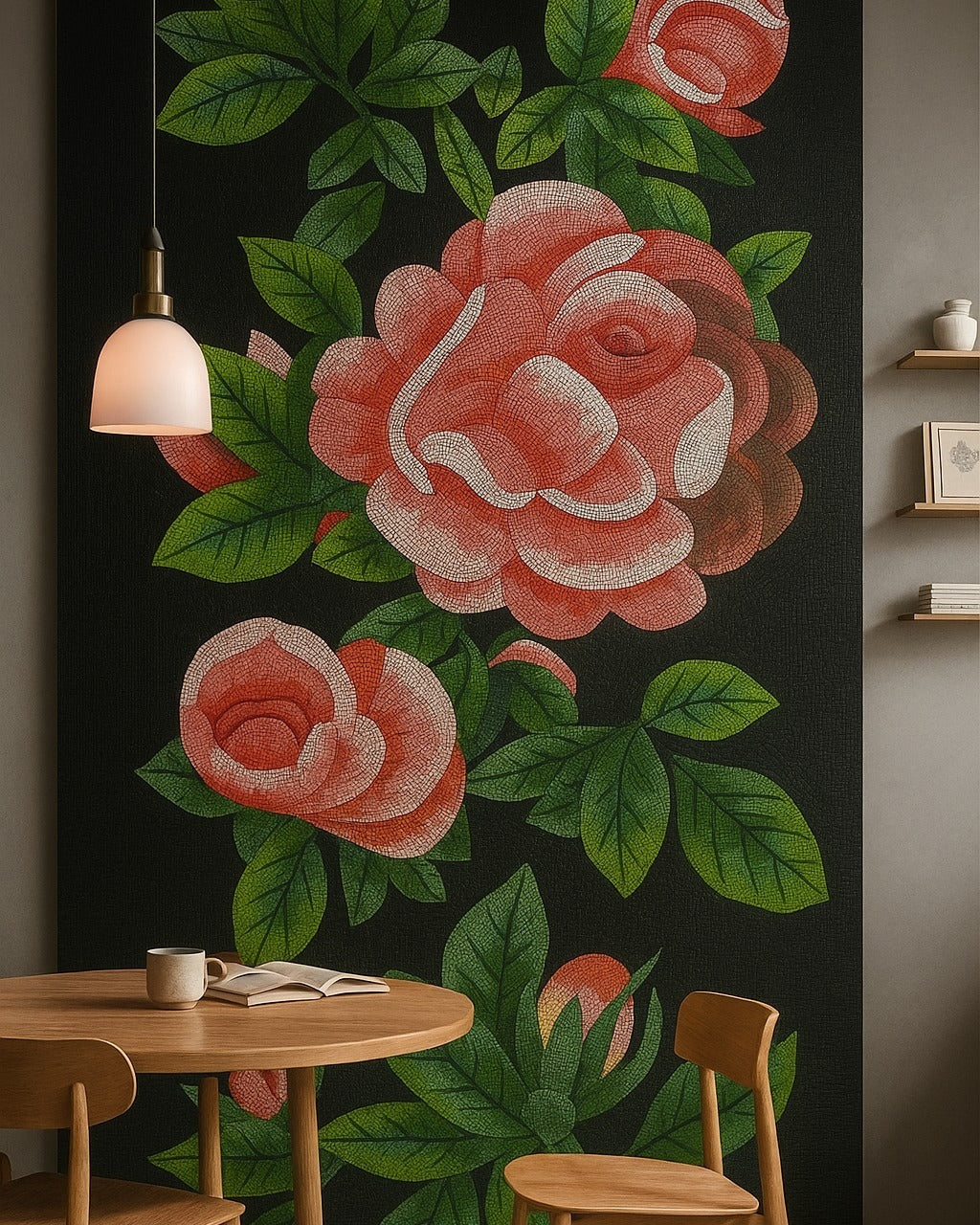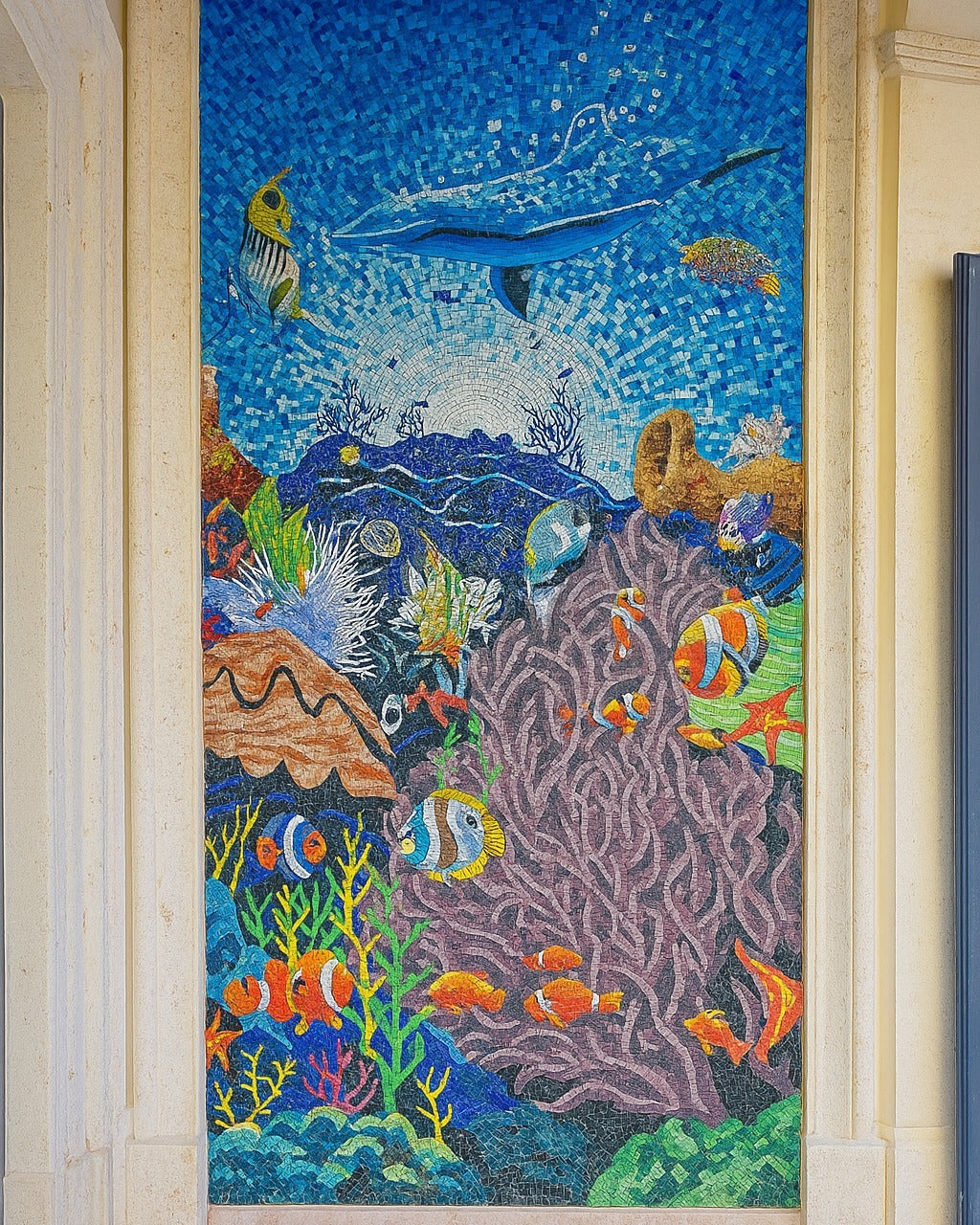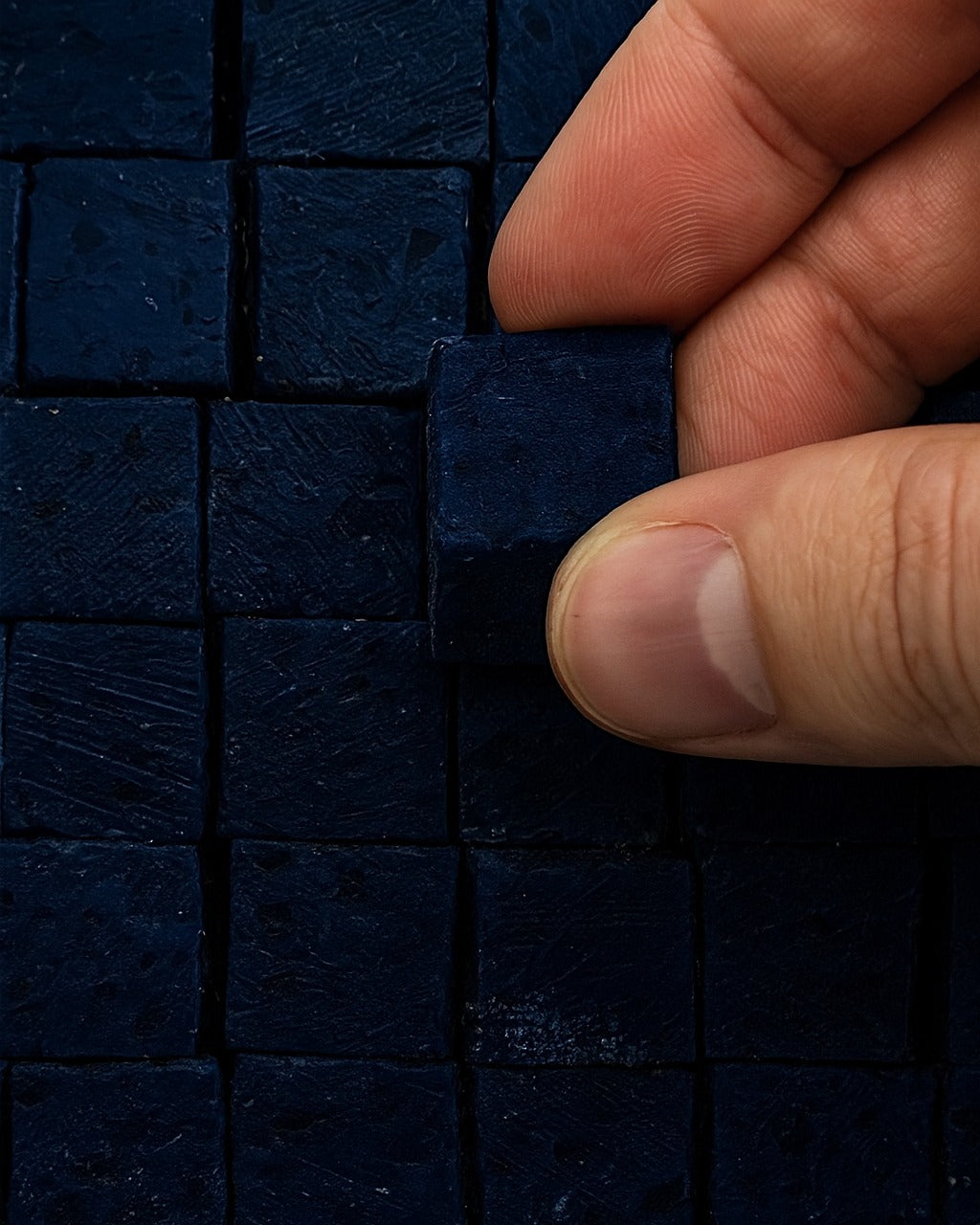The term tesserae (tessera, the Latin word for 'a small cube') refers...
While the broader trends in mosaic art point to a revival of traditional aesthetics with a modern twist, a closer look reveals a world of artists who are pushing the boundaries of the medium itself. These innovators are redefining what a mosaic can be, using unconventional materials, pioneering new techniques, and infusing their work with powerful conceptual narratives.
Three-Dimensional Worlds and Unexpected Canvases
Moving beyond the flat surface, contemporary mosaic artists are increasingly exploring the third dimension. 3D mosaics are gaining popularity, with artists building up layers of tesserae to create sculptural and immersive works. This technique adds a dynamic quality to the art, playing with light and shadow to create a truly engaging experience for the viewer.
The canvas for mosaic art is also expanding in unexpected ways. Chicago-based artist Jim Bachor has gained international recognition for his "pothole mosaics," in which he fills unsightly potholes with intricate and often humorous mosaic designs. This guerrilla art not only beautifies the urban landscape but also challenges our perceptions of where art can be found.

The Art of Reinvention: Upcycling and Mixed Media
The spirit of sustainability has given rise to a wave of artists who are masters of reinvention. Isidora Paz López, a Chilean artist, is known for her large-scale public art projects that utilize recycled materials, transforming public spaces into vibrant and colorful celebrations of community and creativity. Similarly, Illinois-based artist Benjamin Lowder creates intricate geometric mosaics from upcycled wood, imbuing his work with a sense of history and natural beauty.

The fusion of traditional mosaic techniques with modern materials and sensibilities is another hallmark of contemporary mosaic art. Vancouver-based artist Jason Dussault creates captivating mixed-media mosaics that often incorporate elements of pop culture, while American artist Sonia King is celebrated for her stunning abstract mosaics that explore color, texture, and form.
The Digital Frontier of Mosaic Art
Technology is also playing an increasingly important role in the evolution of mosaic art. Digital mosaic art, pioneered by artists like Charis Tsevis, utilizes algorithms and digital imaging to create complex and detailed works that would be impossible to achieve by hand. This fusion of ancient craft and modern technology is opening up new creative possibilities and expanding the definition of what a mosaic can be.

From the streets to the galleries, and from the tangible to the digital, the world of mosaic art in 2025 is a testament to the enduring power of this ancient art form to adapt, innovate, and continue to captivate our imaginations. The artists leading this charge are not just creating beautiful objects; they are challenging us to see the world around us in a new and more intricate way.






















